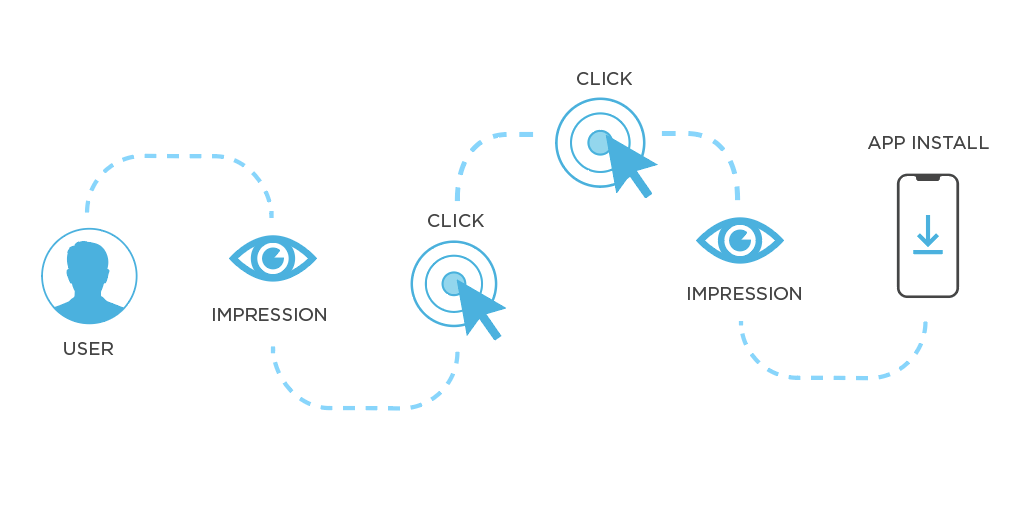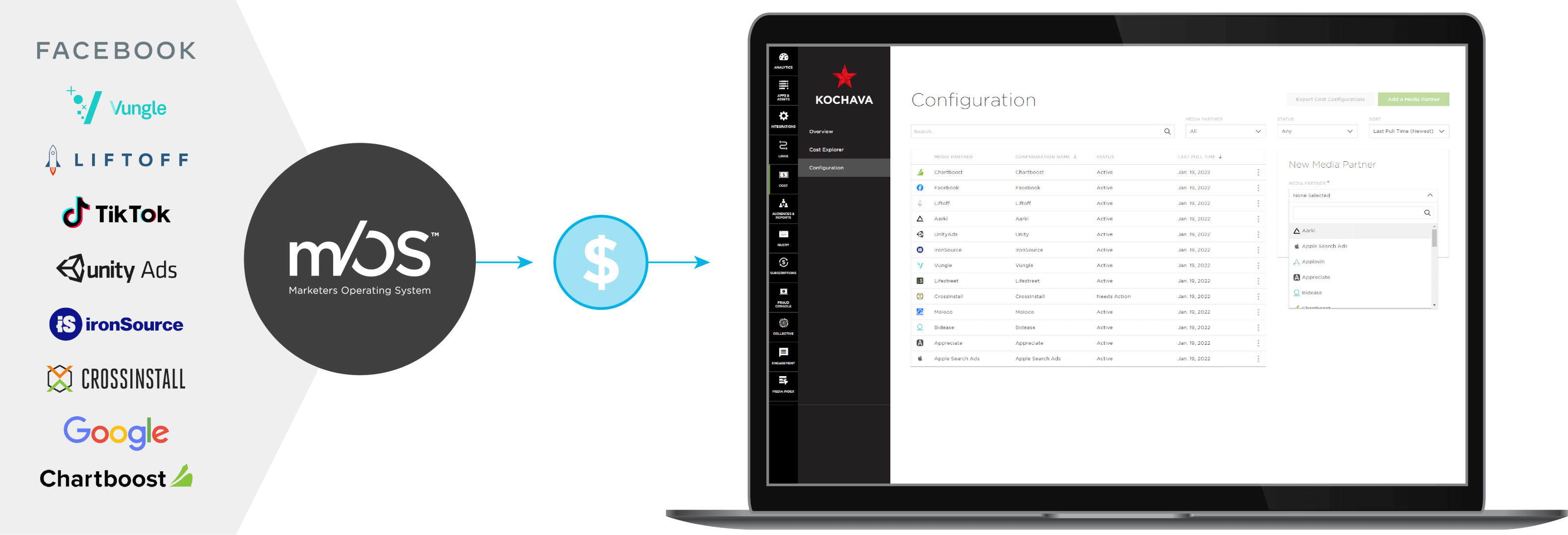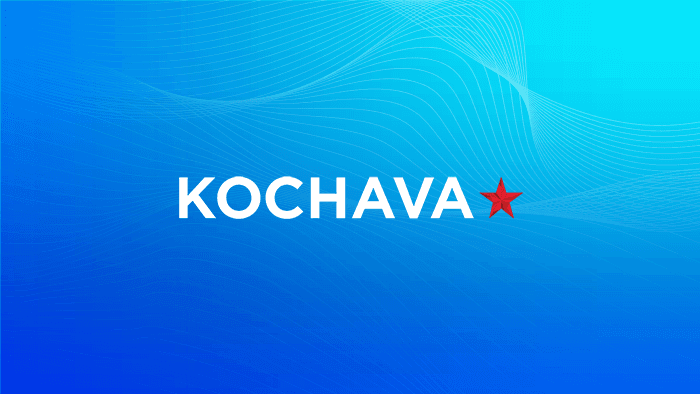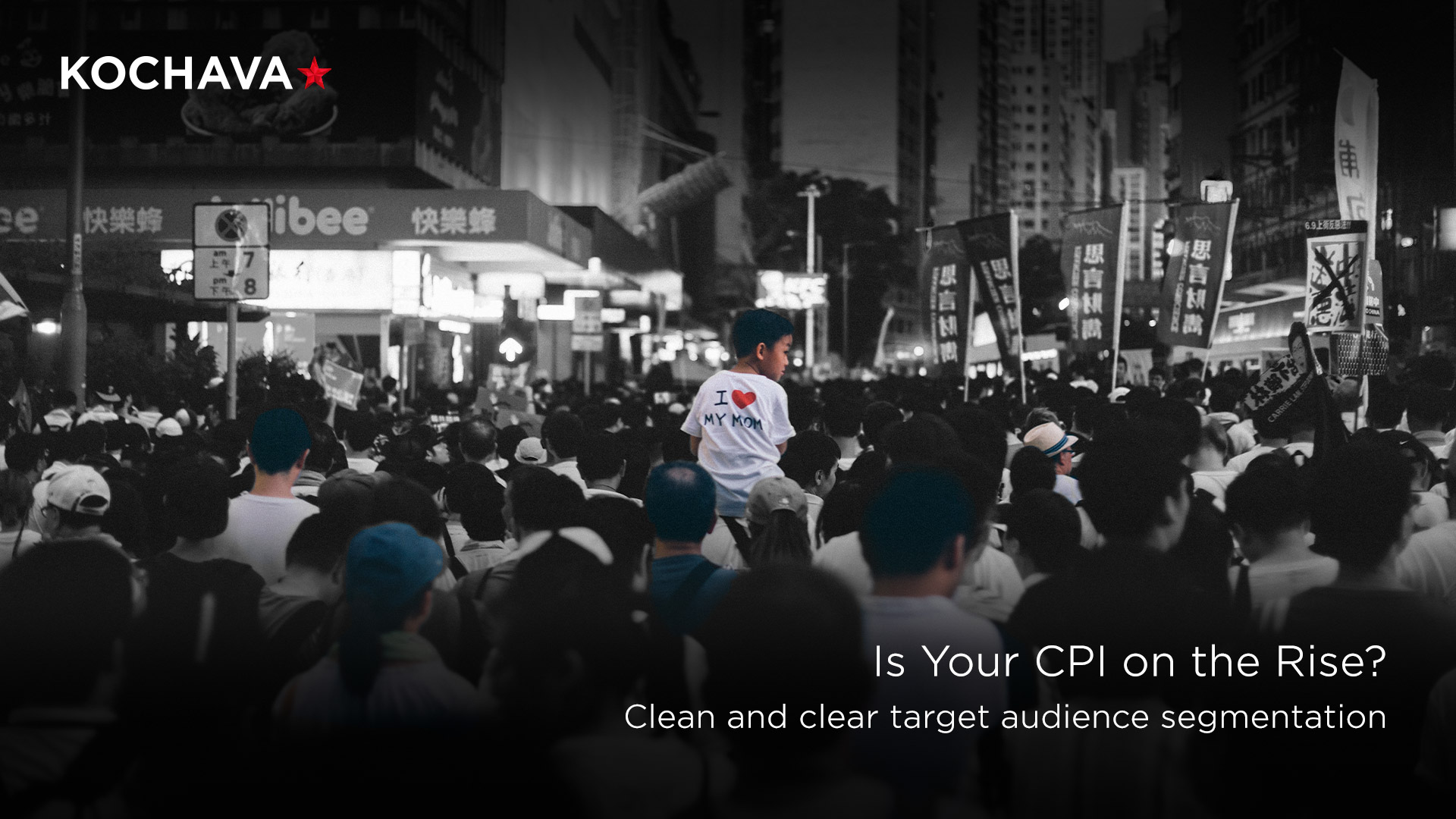WEBINAR | Embracing Contextual Advertising for Privacy-Safe Growth April 24 10AM PDT
What is CPI?
Cost Per Install (CPI) | Definition
In mobile marketing, CPI is the bounty advertisers pay to a media partner (eg, ad network, demand-side platform, affiliate network) for every app install attributed to the advertising campaign(s) run with that partner. CPI rates vary based on marketing channel, app vertical, and other factors.
Related Terms

Why is CPI important?
CPI is important because it shows a specific metric that represents the viability and effectiveness of a paid advertisement. This metric can help marketers determine the return on investment (ROI) of ad campaigns to help inform decisions about budget and targeting optimization.
However, CPI only shows a small segment of what it costs to acquire new users. Marketers should measure install cost along with other metrics such as average revenue per user (ARPU) to give a more holistic view of money spent versus the value of acquired customers.
Other metrics that can be measured along with CPI can include:
- Average session length: The average amount of time from when an app is launched to when a user stops using the app
- App rank: The position of an app in the App Store or Google Play Store
- Lifetime value (LTV): The prediction of net profit or revenue attributed to the entire future relationship with a customer before they churn
How to find the install cost of an app
To find an app’s CPI, or install cost, the total ad spend over a specific time period is divided by the number of new app installs from that same period.
Ad spend / number of new installs from an ad = cost per install
For example, over a three month period a marketer spends $500 on ads for an app and generates 250 new app installs. The CPI is $2. In other words, the install cost for that app is two dollars.
There are many factors to consider when buying on a CPI basis that could greatly impact the install cost. Some of these factors include:
- Install location: CPI differs by country and how big the audience is, how much is spent, and the type of ad used
- Device platform: It has been found that Apple users tend to spend more than Google users which results in a higher CPI on iOS
- Ad network: Different ad networks will offer different rates for ad placements
- App vertical: The app category and genre can influence the CPI
All of these factors can change the install cost of an app and could influence the return on investment (ROI).
What is a good CPI?
A good CPI, or low install cost, depends on a lot of factors including the type of app, industries, and campaign type. A good CPIcan indicate a cost-effective ad strategy while a high CPI might be a good indicator to adjust the campaign or redirect a target audience.
In most cases, a lower CPI is better, but it’s also true that you get what you pay for. As such, if you’re looking to acquire high-quality customers, be willing to pay a higher CPI to get them . As mentioned above, combining this metric with other metrics will help determine the effectiveness of a marketing campaign.
CPI vs CPA
Cost per action (CPA) or cost per acquisition, is when the advertiser only pays when an agreed action has been performed, such as making a purchase, requesting more information, or completing a download. CPI can be a subcategory of CPA because an install can be considered an action. If this is the case, calculating CPA would be the same as calculating the install cost.
CPI vs CPC
Cost per click (CPC), also known as pay per click (PPC), is the price paid by an advertiser for a single click on an ad that brings the end user to its intended destination. CPC ads ensure that a price is paid every time an advertisement is clicked. In this revenue model, the advertiser pays the publisher based on the amount of times visitors click on an ad. CPC can be calculated by dividing the advertising cost by the number of clicks.
CPI vs CPM
While CPI refers to the cost of each app installation, cost per mille (CPM), also known as cost per thousand, is the price an advertiser pays for a thousand ad impressions on a website or app. CPM can be calculated by dividing the ad spend of a campaign by the number of impressions the campaign received.
Install cost and Kochava
As a mobile measurement partner (MMP), Kochava provides a unified and centralized view of all ad campaigns, sources, and installs making it easy to effectively measure and analyze different campaigns and optimize spend.
Kochava helps marketers determine the CPI of their ad campaigns by measuring and attributing installs to specific advertising sources, partners, or campaigns that influenced the install. The attribution data is then used to calculate the cost of acquiring each install, based on the total ad spend of the campaign. This helps marketers understand the true cost of acquiring users and allows them to make better data-driven decisions.
Kochava also offers a cost aggregation tool, Kochava Cost, that brings together spend data across all omni-channel media sources to help marketers determine where ad dollars are going and help optimize return on ad spend (ROAS).

Ready to get started with Kochava? Contact us!





